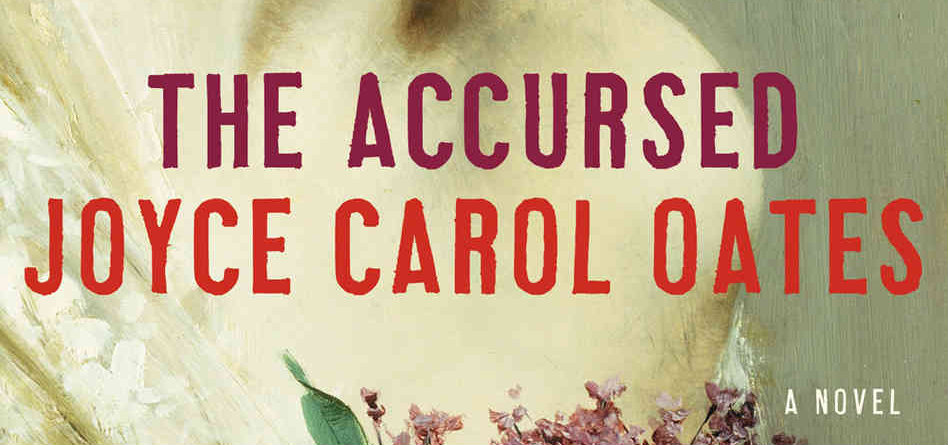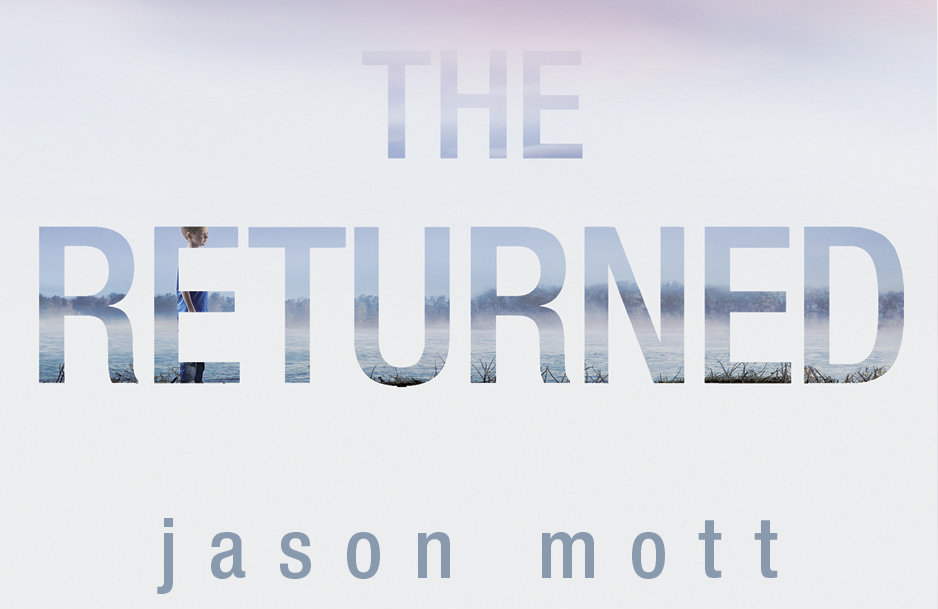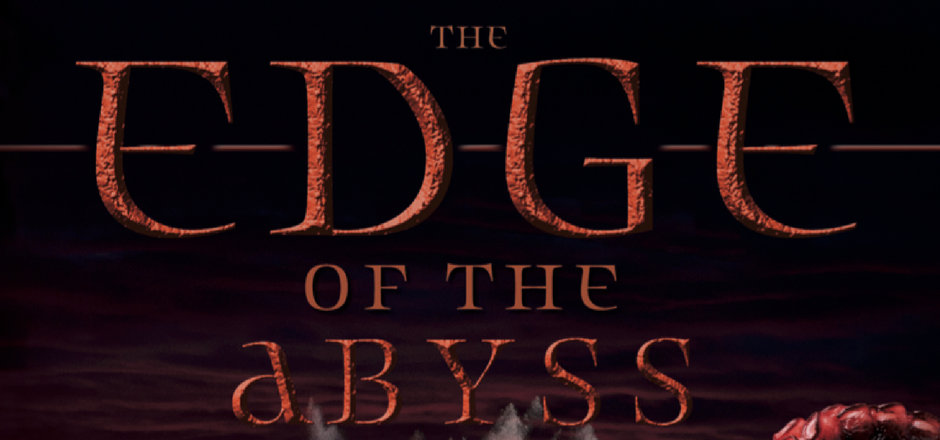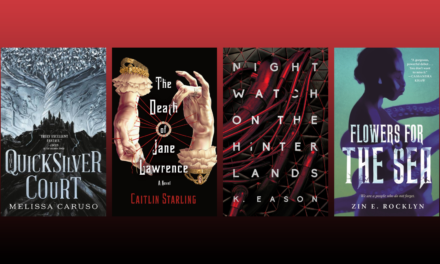At first glance, you might think that Joyce Carol Oates’ new novel The Accursed is, at 667 pages, a daunting tome – and you’d be right. Full to bursting with plot and political/cultural/social subtext, The Accursed is hardly an easy read, but once you get into it, it’s a fairly enjoyable book.
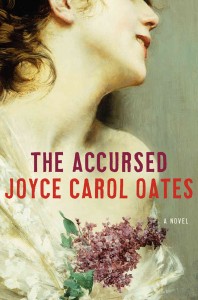 The Accursed straddles the genres of historical fiction and supernatural/paranormal as it tells the story of the Slade family in Princeton, New Jersey during 1905 and 1906. Fictional historian M. W. van Dyck II documents this “true” story of what happened to the Slades: young Annabel Slade is abducted by a mysterious stranger named Axson Mayte only seconds after her marriage to Lieutenant Dabney Bayard. Everyone in the church congregation witnessed the kidnapping (even though everyone, including Annabel’s older brother Josiah, swears that it looked like Annabel left with Mayte of her own accord) and yet Annabel has vanished without a trace. As a result, the so-called Crosswicks Curse is born and begins to manifest itself throughout the town.
The Accursed straddles the genres of historical fiction and supernatural/paranormal as it tells the story of the Slade family in Princeton, New Jersey during 1905 and 1906. Fictional historian M. W. van Dyck II documents this “true” story of what happened to the Slades: young Annabel Slade is abducted by a mysterious stranger named Axson Mayte only seconds after her marriage to Lieutenant Dabney Bayard. Everyone in the church congregation witnessed the kidnapping (even though everyone, including Annabel’s older brother Josiah, swears that it looked like Annabel left with Mayte of her own accord) and yet Annabel has vanished without a trace. As a result, the so-called Crosswicks Curse is born and begins to manifest itself throughout the town.
I’ve pared down a lot of the novel’s plot with that quick summary, otherwise I’d have to A) ruin a good portion of the novel for you, which I’m trying to avoid, and B) write an extra mini-essay explaining all the other sub-plots that tie in with the main kidnapping plot.
What made this novel fun was the historical fiction aspect, as there are a few famous figures in American history that play large roles in the novel, most notably former U.S. President Woodrow Wilson, who serves as president of Princeton University during the novel’s timeline; Upton Sinclair, who at this point in the story has already published his famous muckraking novel The Jungle; and Grover Cleveland, who at this point in time has already served as President and is spending his retirement in Princeton.
Their inclusion in the story provides ‘credibility’ to van Dyck’s research on the Slade family and the Curse that befalls them, as their factual histories intertwine with the fictional events in the novel.
As mentioned earlier, though, The Accursed is extremely dense. Oates includes discussion of every possible social issue imaginable during the early 1900s, including (but certainly not limited to) racism, feminism and the suffragist movement as a whole, mental disability, and even postpartum depression. While it can get tiresome sifting through all the different social commentary to try and find the actual plot again, it often provides interesting insight into the time period.
For example, the novel opens up with news on the Princeton campus that there’d been a lynching in Camden, New Jersey, and so news of this type of violence continually pops up throughout the course of the novel as a reminder of the volatile time period.
Racism becomes an important theme that actually ties in with the supernatural aspect of the novel. Certain characters, when taken to a place called the Bog Kingdom, are treated as inferior beings because of the color of their skin, demonstrating that this social issue is a problem even in fairytale-esque realms.
Physical description is what really brings The Accursed to life as well. The characters jump right off the page; one description that comes to mind for me is one of Annabel outside picking flowers as Oates takes the time to catalog in great detail her clothes, the state of her hair, and even the color in her cheeks.
This goes for not only people but places as well: Oates’ descriptive tendencies combined with narrator van Dyck’s necessity for historical accuracy means we get page-long descriptions of house décor and the rich history that comes with it. Sometimes, though, these passages can feel too drawn out and boring, and in fact van Dyck sometimes addresses the reader and says it’s perfectly acceptable to skip whole chapters or sections of the story if it doesn’t interest us, which makes for an interesting narrative choice on Oates’ part.
It’s never clear whether certain unusual events really are supernatural occurrences or just the result of too much stress on the characters; maybe they had one too many drinks and started hallucinating. As van Dyck is simply retelling the story through his own sources (journals, narrations, and documents all written by or dictated by the characters), he repeatedly reminds us that what we’re reading might not be accurate by realistic standards, but it’s what the characters themselves believe to have happened.
With unreliable narrators plus a historian digging for the truth, The Accursed makes for a great Gothic read to sink your teeth into – no pun intended.
3.5 out of 5 stars
Gabby Taub, the Fantasy Reviewer at Girls in Capes, is a rising senior at New York University studying creative writing. She enjoys reading, writing, watching TV, and spending time getting lost among the bookshelves at Strand Bookstore.
